10 IoT Consortiums, Alliances Solution Providers Should Have On Their Radar

Breaking Down IoT Alliances And Consortiums
As vendors struggle to make sense of the Internet of Things, many are realizing the need for consistent standards and broad interoperability for a seamless, connected ecosystem around IoT.
Over the past few years, industry titans such as Intel and Cisco Systems have come together to form alliances and consortiums around the various components of the Internet of Things – including communications and broadband, connected buildings, connected home and industrial IoT.
Solution providers that specialize in IoT need to be aware of which consortiums their vendor partners are involved in. Here are 10 noteworthy IoT moves.
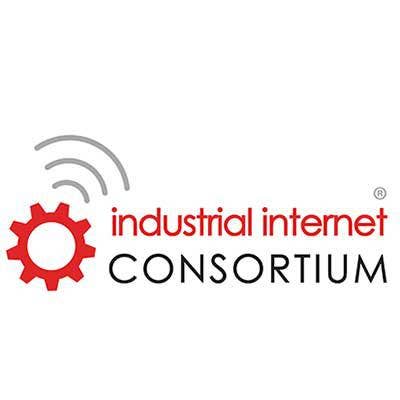
Industrial Internet Consortium
The Industrial Internet Consortium was founded by Intel, IBM, GE, Cisco and AT&T in 2014.
This consortium aims to set the architectural framework for industrial IoT by coordinating various ecosystem initiatives to connect objects using common architectures, interoperability and open standards – making it easier to adopt interconnected machines and intelligent analytics.
Over the years, the IIC has unveiled up to nine test beds for real-world applications, such as the Track and Trace test bed, which helps manage handheld power tools in manufacturing environments, and the Edge Intelligence test bed, which aims to accelerate the development of edge architectures and algorithms.
Who It Impacts: Solution providers and systems integrators that want to build Internet of Things practices in the industrial space.
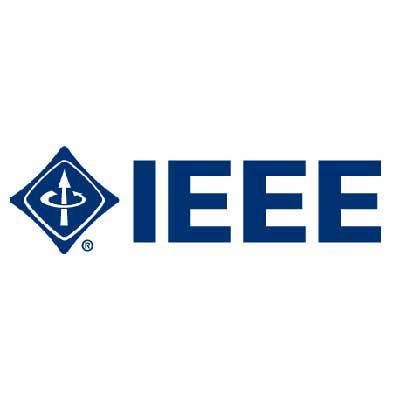
IEEE
The IEEE IoT Initiative was launched in 2014 by IEEE Future Directions and aims to help engineering and technology professionals learn, share knowledge and collaborate around IoT.
IEEE has a variety of programs that can help solution providers that are trying to understand IoT, including the IEEE Technical Community, which is made up of members involved in research, application and implementation of IoT. IEEE also heads the IoT Scenarios Program, which is an interactive platform to demonstrate use cases, business models and service descriptions.
Who It Impacts: Solution providers that would like to better understand how to monetize the Internet of Things and are looking for real-life applications.
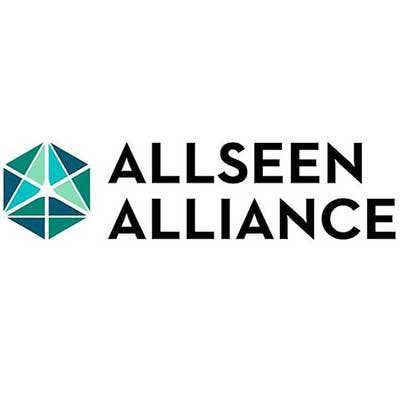
Allseen Alliance
Allseen Alliance was founded by a variety of vendors, including Qualcomm, Microsoft, Panasonic, Sony and LG. This nonprofit consortium aims to enable the adoption of products, systems and services supporting IoT with an open development framework.
The alliance created the Alljoyn framework, an open-source software protocol that makes it easy for devices and apps to communicate with each other so developers can write applications for interoperability regardless of transport layer or manufacturer.
This software will continue to be openly available for developers to download, and runs on popular platforms such as Linux and Linux-based Android, iOS, and Windows, among other operating systems.
Who It Impacts: The Allseen Alliance is one of the major attempts to standardize a solution for IoT connectivity, and solution providers nterested in IoT connectivity services should keep tabs on what this alliance is doing.
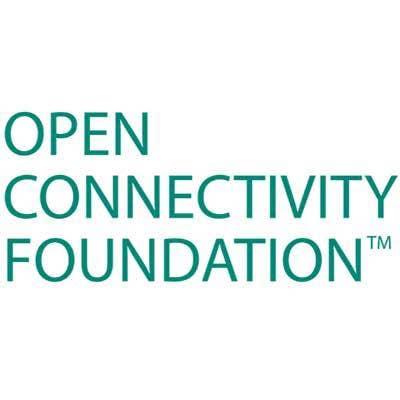
Open Connectivity Foundation
The Open Connectivity Foundation, which originally started in 2014 as the Open Interconnect Consortium, strives to deliver a framework enabling the "Internet of Everything." OIC was founded by Intel, Samsung, Dell, Atmel and Wind River, and in February the group changed its name to OCF and added some Premier members of Allseen, including Microsoft, Qualcomm and Electrolux, to its membership.
OCF sponsored an open-source reference of specifications, IoTivity, which is hosted by the Linux Foundation and is a competing protocol to AllJoyn. This standard is intended to be "agnostic to any wireless or wired technology and will work across technologies including Wi-Fi, Bluetooth, Bluetooth LE, Wi-Fi Direct, Zigbee, Zwave and Ant+," according to the foundation.
Who It Impacts: OCF is another consortium trying to standardize a solution for IoT connectivity so solution providers interested in IoT connectivity services should follow this group.
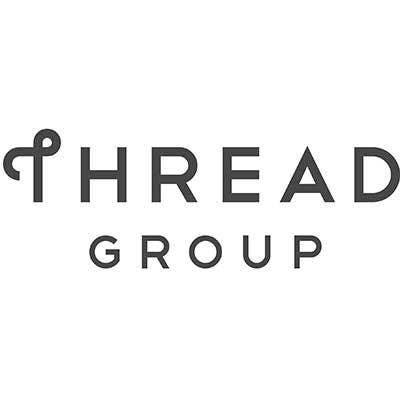
Thread Group
Thread Group pulls together various vendors to create a secure wireless mesh network for building automation and home connected products. The Thread Group was founded by a variety of vendors, including ARM, Nest, Samsung and Silicon Labs.
Thread is built on open standards and IPv6/6LoWPAN protocols to simply and securely connect products around the house. 6LoWPAN is a power efficient power area network protocol with underlying standards of IPv6 and IEEE 802.15.4. Thread is also capable of running for a long period of time from a long-lasting battery.
Who It Impacts: Solution providers specializing in building automation and home connectivity should keep an eye on Thread's efforts in standardization and security.
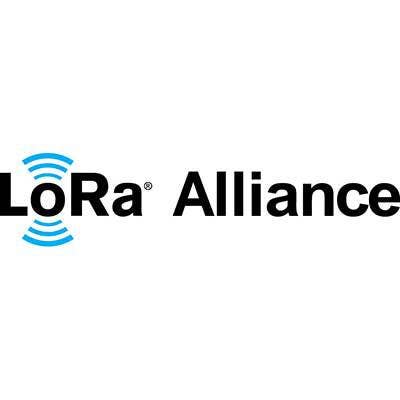
LoRa Alliance
The LoRa Alliance aims to standardize Low Power Wide Area Networks (LPWAN) to enable Internet of Things, machine-to-machine and smart city applications. This alliance was founded by a variety of vendors, including IBM, Actility, Cisco and Semtech.
LoRa supports the LoRAWAN network protocol, which is intended for the Internet of Things with bi-directional communication, mobility and localization services.
Who It Impacts: Solution providers specializing in M2M and smart city applications, in particular, should dig deeper into the LoRa Alliance and the LoRAWAN network protocol.
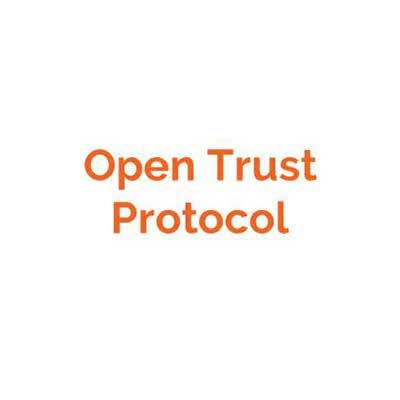
Open Trust Protocol
A conglomerate of technology vendors, including ARM, Symantec and Sprint, in July said they are developing a protocol to address security challenges in the Internet of Things. The Open Trust Protocol aims to enable an open standard for trusted software to provide a system root-level of trust with customers who are concerned about IoT security.
The planned protocol, which will be designed to provide secure architecture and code management to protect connected devices, will be compatible with security systems such as ARM's TrustZone-based Trusted Execution Environments, which is designed to protect mobile computing devices from attacks.
Who It Impacts: Solution providers interested in connectivity services for the Internet of Things should keep a close eye on the progress made by the Open Trust Protocol.
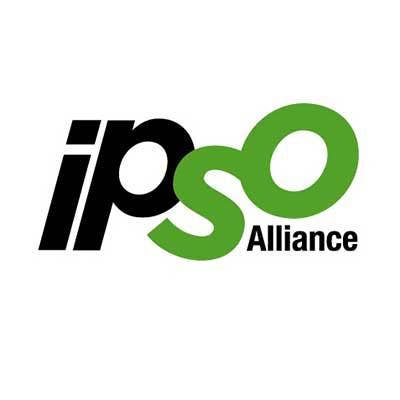
IPSO Alliance
The IPSO Alliance promotes the Internet Protocol for "smart object" communications, advocating for IP networked devices in health care, industrial and energy applications. IPSO was founded by companies including SAP, Cisco, Ericsson and Silber Spring Networks.
This group is not a standards organization, but an alliance that manages an IPSO Smart Object Registry that includes libraries and icons open to OEMs. IPSO "has the goal to create Smart Object definitions, instantiations, data models, design models, reference architectures, icons, and brand, which include all the attributes needed to be an integral component of an IoT Smart Object Marketplace," the alliance said.
Who It Impacts: IPSO is another alliance that wants to promote easier communications between various smart devices so solution providers connecting IoT devices should follow IPSO.
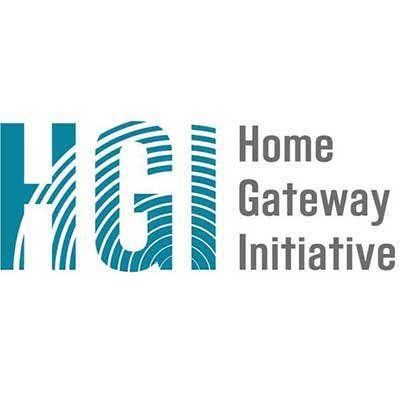
Home Gateway Initiative
The HGI was founded by major broadband service providers, including Telefonica and KPN, in 2005 and later joined by digital home equipment vendors – such as Intel, Huawei and ZTE – to set key specifications for the broadband home.
This initiative aims to discuss the key specifications and standards of residential gateways, boost the market of home communication services, and improve the interoperability of gateways with home devices.
HGI recently ceased operations, but its work will be available on an archive website, including a "residential profile" that specifies a set of baseline requirements for Home Gateways in 2016.
Who It Impacts: Solution providers specializing in home and building automation can find HGI's work on its archive website.
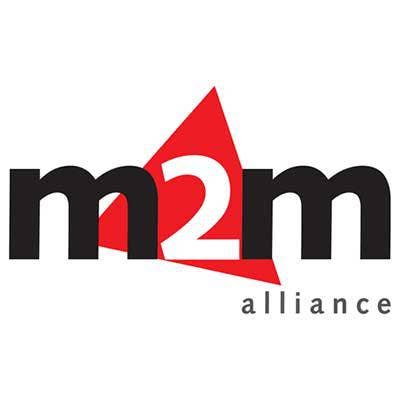
M2M Alliance
M2M Alliance acts as a platform and voice for providers and users of M2M and IT solutions – its primary objective it "to promote M2M technologies and solutions."
The alliance offers members a platform to exchange ideas with each other, and contact market leaders and expert visitors. The alliance also hosts workshops and developer forums to give participants the opportunity to learn about the latest developments while also building contacts for generating new product and business ideas.
Who It Impacts: Solution providers that want to learn more about solutions and technologies around the Internet of Things and want to bounce ideas off other experts.